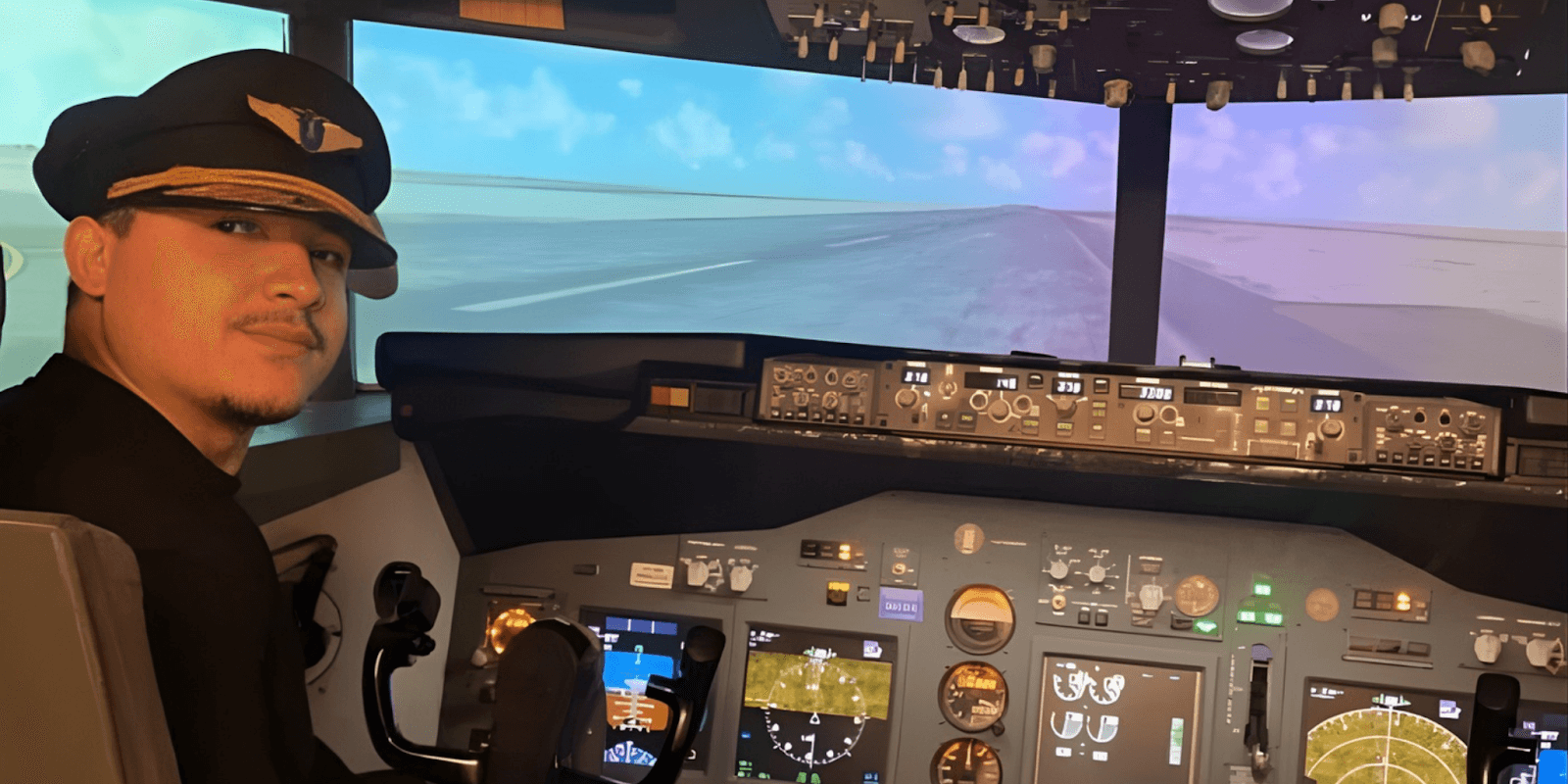The Future of Construction Jobs: How AI and Automation Are Rebuilding the Workforce
AI and automation are transforming construction jobs, improving safety, filling labor gaps, and creating new opportunities for skilled workers.
By
Nov 14, 2025

The construction industry is facing one of its biggest shifts in decades. Labor shortages are growing, project costs are rising, and safety issues continue to slow down progress. At the same time, artificial intelligence and automation are stepping in, helping companies handle repetitive work, improve site safety, and make better use of their teams.
Across job sites, new tools are taking over heavy and risky tasks, while workers are moving into roles that need more skill and technical knowledge. This mix of human expertise and smart machines is starting to rebuild the entire workforce, from how projects are planned to how buildings are completed.
In this article, we’ll look at how AI and automation are filling the labor gap, reshaping traditional job roles, improving safety, and creating new opportunities for skilled workers.
Filling the Labor Gap with Intelligent Machines
The construction industry is short on skilled workers. Many experienced laborers have retired, while younger workers are choosing other careers. Because of this, projects often face delays, rising costs, and tighter deadlines. To deal with these challenges, construction companies are turning to AI and automation to fill the labor gap.
AI isn’t just filling positions, it’s expanding what one worker can accomplish,” says Rizwan Khan, from Workwize. “Automation allows companies to complete complex projects faster without needing to double their workforce.”
Robots are now handling heavy lifting, bricklaying, and concrete pouring. AI tools are helping plan schedules, manage resources, and predict how long a project will take. This allows construction teams to complete projects on time with fewer mistakes. These systems also collect data from job sites and give managers real-time updates, so they can make quick and accurate decisions.
Automation does not remove the human role. Instead, it supports the workforce by handling repetitive or risky work such as lifting lintel beams or moving heavy materials across the site. This gives workers more time to focus on skilled and creative tasks such as planning, quality control, and supervision.
The use of AI and automation also makes construction work more appealing to younger professionals who are interested in technology. This combination of human skill and smart tools is helping the industry move forward.
Redefining Construction Roles and Skillsets
Construction jobs are changing in nature. Many roles that once required physical labor now demand both technical and analytical skills. For example, project managers use AI-based software to plan workloads and monitor progress, while drone operators manage site inspections using automated systems.
Traditional workers are learning how to work alongside machines. Carpenters and masons may now operate robotic arms or use AI tools to ensure precision in their work. Engineers are using data from smart sensors to predict equipment needs or maintenance schedules. These roles require workers to understand both construction and technology, creating a mix of skills that was rare a decade ago.
“We’re seeing the rise of hybrid professionals, tradespeople who can also interpret data and run AI-powered equipment,” adds Bill Sanders, from FastPeopleSearch “That dual capability is quickly becoming the new standard.”
New positions are also emerging in the industry. Companies now hire data analysts, automation technicians, AI supervisors, and drone specialists. These professionals manage systems that guide daily construction activities. As more companies adopt these technologies, the demand for workers who can handle both manual and digital tasks will grow.
Automating Repetitive and Risky Tasks for Safer Job Sites
Construction work often involves heavy materials, dangerous tools, and high-risk conditions. AI and automation are now making these environments safer by taking over some of the most dangerous tasks.
Robots are being used for demolition, concrete cutting, and lifting heavy beams. Drones monitor sites from above, detecting safety hazards that might be missed by human eyes. AI-powered systems track workers’ movements and equipment performance, alerting supervisors before an accident happens. These systems can even analyze photos and videos to identify unsafe behavior or weak structures.
“On our sites, AI-driven safety systems have drastically reduced human error,” says Jason Grieco, Founder & CEO at Riverstone Pools. “They alert us in real-time when equipment or workers move outside safe zones, something no human supervisor could track 24/7.”
Automation also helps reduce worker fatigue. Machines can handle long shifts or physically demanding work that would otherwise cause strain or injury. This means workers can focus on precision-based tasks or supervision roles instead of repeating the same heavy labor every day.
The result is a job site that runs more smoothly and with fewer accidents. Workers feel safer and more confident when technology helps reduce risks. This safety improvement also saves time and money for companies because fewer incidents mean fewer delays. Automation is not just about improving efficiency, it is also about protecting people.
According to Alex Latham, Founder of Latham's Steel Security Doors, “When machinery takes over repetitive or heavy lifting tasks, workers stay safer and can direct their attention to precision and quality. It not only reduces strain but also builds a more reliable and consistent workflow.”
Upskilling and Reskilling: Preparing Workers for the New Era
As AI and automation take on more responsibilities, construction workers need new skills to stay valuable in the workforce. The focus is shifting from physical strength to technical understanding and problem-solving.
Many companies are investing in training programs to help workers learn how to use AI systems, robotics, and digital planning tools. Some construction schools now teach courses on automation, drone operation, and project data management. These programs prepare workers to move into higher-paying and more secure positions.
“The construction industry can’t afford to leave its workforce behind,” explains Alison Lancaster, CEO of Pressat.co.uk. “Reskilling is no longer optional, it’s essential to stay competitive as technology takes center stage.”
Reskilling is especially important for older workers who have years of field experience but limited technical knowledge. By learning how to operate new machines or analyze project data, they can continue contributing their expertise while adapting to modern tools.
Younger workers, on the other hand, are entering the field with more comfort around technology, making them ideal candidates for new hybrid roles.
Reshaping Workforce Structure and Job Hierarchies
Automation is changing the structure of construction teams. In the past, most projects depended on large groups of laborers, supervisors, and engineers. Now, many tasks can be completed with smaller teams that include both workers and machines.
Desmond Dorsey, Chief Marketing Officer at Sell My House Fast 2 Tim, adds, “Routine work, like measuring, digging, or material delivery, can be done automatically. This gives human workers time to manage planning, quality checks, and coordination. As a result, there are fewer purely physical roles and more supervisory or technical positions.”
Job hierarchies are also evolving. A worker might start by operating a robotic system or managing drones, then move up to roles involving data interpretation or digital project planning. These new ladders encourage skill growth and long-term career development.
“In manufacturing and construction alike, automation has changed what a ‘team’ even looks like,” notes David Garcia, CEO of Vending Company Inc. “We rely more on technicians and fewer on manual laborers, but the output quality has improved drastically.”
Final Thoughts
The future of construction will depend on how well people and technology work together. AI and automation are helping create smarter ones. Machines now handle heavy, repetitive work, while humans focus on skill, safety, and creativity. This balance is giving the industry a stronger and more capable workforce.
The next decade will bring more learning, better tools, and new career paths for those ready to adapt. Construction is no longer just about building structures, it’s about building a modern workforce that’s ready for the future.













